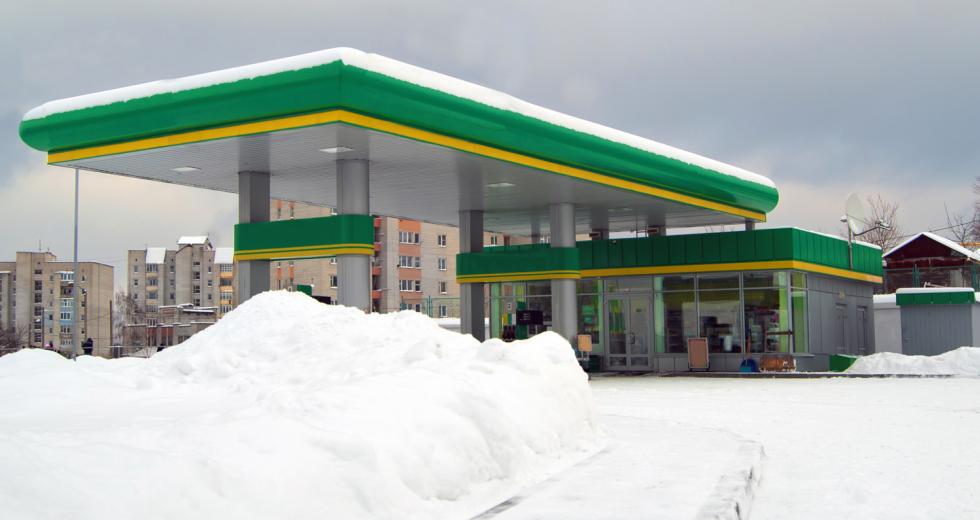Natural gas in balmy Texas is feeling the chill of California’s snowy peaks 1,200 miles away.
West Coast power producers are ditching gas in favor of cheap, plentiful hydroelectric power, which is surging after the wettest year ever across the Northern Sierra Nevada range. Much of that moisture fell as snow, which is now melting, soaking fields, filling reservoirs and, to the consternation of the Texas gas market, furiously spinning turbines.
All that has left gas backed up in Western Texas with nowhere to go. Flows along Kinder Morgan’s El Paso pipeline, the main shipper of Texas gas to California, are down 28 percent since the start of the year. As California enjoys its bounty of water, Texas gas prices are sinking.
“The snowpack in the middle to lower elevations is melting quite rapidly in the last two weeks,” says Noah Molotch, director of the Water Earth Science & Technology Center at the University of Colorado Boulder. “It’s a pretty good situation for hydro power.”
Since the start of the year, California gas demand has plummeted 34 percent while hydro generation in the state is up 93 percent, according to data compiled by Bloomberg. Gas prices May 1 at the Waha Hub in West Texas fell to a discount of 42 cents per million British thermal units to benchmark Henry Hub gas in Louisiana, the biggest spread since March 2014, based on Intercontinental Exchange data as of Wednesday.
The past winter left twice as much snow on the ground in parts of the Sierra Nevada as normal. Snow is like water in the bank, and as temperatures reach into the 70s and 80s Fahrenheit, nature is making withdrawals.
“California solar, and in this case, California hydro, are starting to ramp up generation levels, which is starting to eat into gas demand in California,” says Jacob Fericy, analyst at Bloomberg New Energy Finance.
In the last two weeks, satellite measurements show that the equivalent of about 16 to 20 inches of rain has melted off the snow pack at elevations of 6,000-7,000 feet, or about the same level as Lake Tahoe, according to Molotch who is in California watching the progress. There’s about one inch of rain locked up in every 10 inches of fresh snow.
Drought Relief
Along with cheap electricity, winter rains and melting snow have left only 8.2 percent of California in drought, down from 90 percent a year ago, according to the U.S. Drought Monitor in Lincoln, Nebraska.
“We’re in much better shape than we have been,” says Alan Haynes, a service coordination hydrologist at the National Weather Service’s California Nevada River Forecast Center in Sacramento.
The eight monitoring stations used to gauge how wet the northern Sierra Nevada get are all at record levels, Haynes says. There’s room in California’s reservoirs to catch some of the runoff, but so much water is flowing into the formerly drought-parched San Joaquin Valley that levees there are being stressed. Some of the overflow will end up in the Pacific.
While the melt will likely taper off in the next few days as temperatures drop, most of California is expected to reach peak runoff by June, Haynes says. Even so, there’s so much in the mountains that some of it could linger into next winter.



